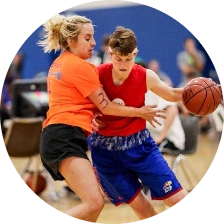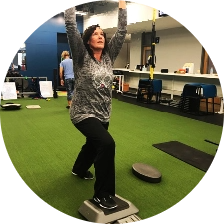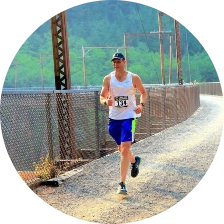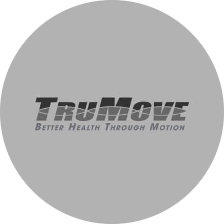Blog
July 13, 2023
Strategies to Correct Posture & Realign the Spine from Hyperkyphosis

What is Hyperkyphosis?
Hyperkyphosis is excessive curvature of the upper spine. It’s also called “humpback,” “dowager’s hump,” or “round back.” The thoracic spine curves too far forward. This causes a hump on the back. Hyperkyphosis often develops slowly over time. It commonly affects 20-40% of older adults. Kyphosis from aging is natural. But hyperkyphosis is an extreme curve. It can impact mobility, balance, and quality of life.
The thoracic spine has a slight natural curve. In health, it rarely exceeds 45 degrees. With hyperkyphosis, the upper spine curves over 50 degrees typically. This extra curve presses vertebrae. It can also compress organs inside. Plus it shifts the center of gravity forward. This makes good posture and balance harder.
What Causes Hyperkyphosis?
A few things cause hyperkyphosis. As we age, spinal discs flatten. And vertebrae weaken. This increases curvature over time. Osteoporosis, arthritis, and old fractures contribute too. Genetics plays a role. Poor posture from a young age may also set the stage for hyperkyphosis later on.
How Can TruMove Physical Therapy Help?
Our staff can help reduce hyperkyphosis. We use various treatment techniques. These include:
- Posture re-training. We’ll assess posture issues. Then we’ll provide strategies to realign the spine. And we’ll strengthen core muscles for support. This can decrease the excessive curve over time.
- Targeted exercises. These will improve spinal alignment. And they’ll reduce the hyperkyphosis curve. We’ll create customized exercise programs.
- Stretching. Tight chest and hip flexor muscles contribute to poor posture. Stretches increase flexibility here. This helps reduce hyperkyphosis.
- Balance and gait training. The exaggerated curve disrupts balance. And it raises fall risk. We’ll work on balance, coordination, and walking. This improves stability.
- Pain relief. We provide soothing modalities like heat, ice, massage, and gentle joint mobilization. These address hyperkyphosis discomfort.
- Assistive devices. We may recommend braces, taping, or supportive aids. These can improve posture and take pressure off the spine.
If you have hyperkyphosis, we can help. We’ll customize a treatment plan for you. We can address posture, strengthen the core, enhance balance and mobility, and reduce curvature. Our team can help manage hyperkyphosis. And it can improve quality of life.
Learn more about our services for posture and spinal conditions at trumovekc.com.



 Overland Park
Overland Park









